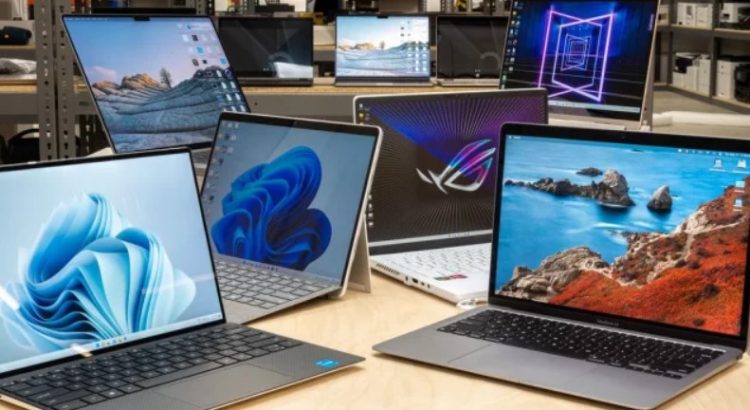In today’s digital age, owning a laptop is essential for both work and leisure. However, the cost of a brand-new laptop can be prohibitive. This is where refurbished laptops come in. They offer a cost-effective alternative without compromising on quality. If you’re considering purchasing a refurbished laptop, this guide will help you navigate the process and make an informed decision.
What is a Refurbished Laptop?
A refurbished laptop is a pre-owned device that has been returned to the manufacturer or a certified refurbisher for various reasons. These reasons can range from minor defects, customer returns, or even overstock. The laptop undergoes rigorous testing, repairs, and cleaning to ensure it meets the manufacturer’s standards before being resold. This process ensures that refurbished laptops are reliable and perform like new. For more detailed information and tips on purchasing refurbished laptops, found out more.
Why Choose a Refurbished Laptop?
- Cost-Effective: Refurbished laptops are significantly cheaper than new ones, often by 20-30%. This makes them an excellent option for students, small business owners, or anyone on a budget.
- Quality Assurance: Reputable refurbishers provide warranties and guarantees, ensuring that the laptop functions correctly. Many refurbished laptops are also upgraded with the latest software and hardware.
- Environmental Benefits: Buying a refurbished laptop contributes to reducing electronic waste. It’s an eco-friendly choice that supports sustainability by giving a second life to electronic devices.
What to Look for in a Refurbished Laptop
When purchasing a refurbished laptop, it’s important to consider several factors to ensure you’re getting a good deal:
- Source: Always buy from reputable sources. Manufacturers like Apple, Dell, and HP have certified refurbished programs. Third-party sellers should be verified and have positive reviews.
- Warranty and Return Policy: Check the warranty and return policy. A minimum 90-day warranty is standard, but some sellers offer up to a year. This provides peace of mind that you’re covered if any issues arise.
- Condition: Understand the grading system for refurbished laptops. Grades range from A to C, with A being like-new and C showing more signs of wear. Know what condition you’re comfortable with.
- Specifications: Ensure the laptop meets your needs in terms of processor speed, memory, storage, and other specifications. Don’t compromise on the specs required for your work or entertainment needs.
- Battery Life: Ask about the battery’s health. While refurbished laptops may not have brand-new batteries, a good refurbisher will replace those that don’t hold a charge well.
Tips for Buying a Refurbished Laptop
- Research: Before purchasing, read reviews and compare different models and sellers. Websites like eBay, Amazon, and manufacturer outlets are good places to start.
- Inspection: If possible, inspect the laptop in person. Check for any physical damage, test the keyboard, trackpad, and ports.
- Ask Questions: Don’t hesitate to ask the seller about the refurbishment process, the laptop’s history, and any upgrades it has received.
- Software: Ensure that the laptop comes with genuine operating systems and software. Pirated software can cause issues and may not receive updates.
- After-Sales Support: Choose a seller that offers excellent customer support. This can be crucial if you encounter any problems with your laptop.
Conclusion
Refurbished laptops are a practical choice for those looking to save money without sacrificing performance. By following this comprehensive guide, you can make a well-informed purchase and enjoy the benefits of a high-quality laptop at a fraction of the cost. Remember to buy from reputable sources, check the warranty, and ensure the laptop meets your specifications. With a bit of research and due diligence, you can find the perfect refurbished laptop to suit your needs.
